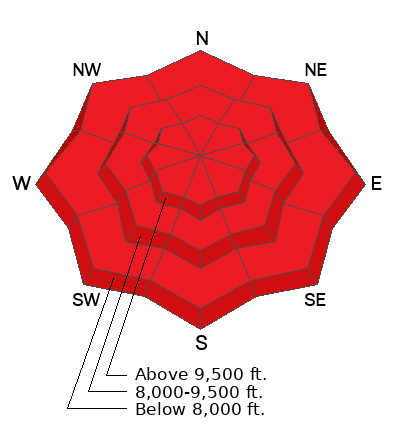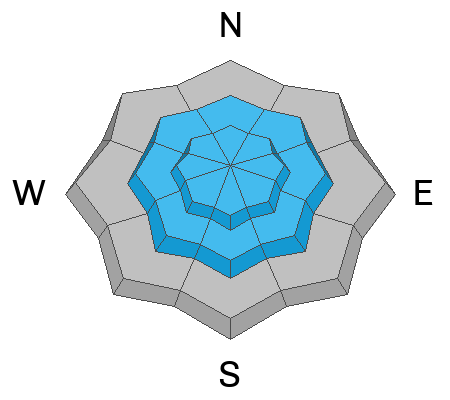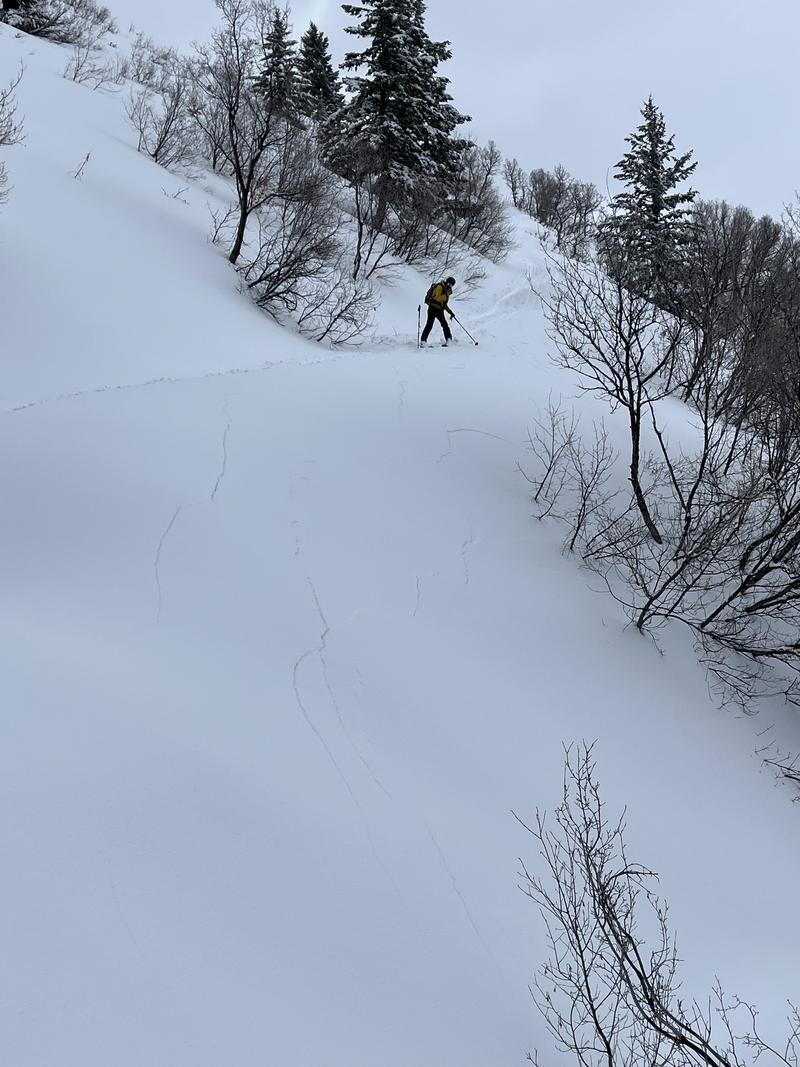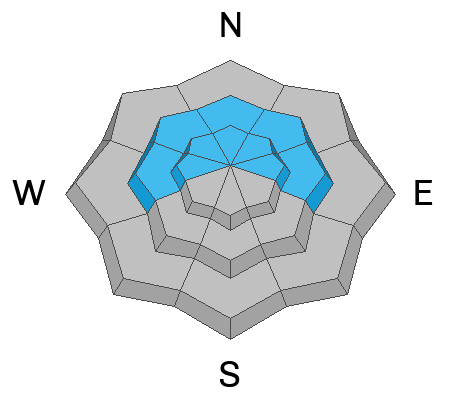Forecast for the Provo Area Mountains

Issued by Dave Kelly on
Saturday morning, February 15, 2025
Saturday morning, February 15, 2025
The avalanche danger is HIGH on all aspects and elevations. Natural avalanches are likely, and human-triggered avalanches are very likely.
Heavy snowfall and strong winds have created dangerous avalanche conditions, and avalanches may break several feet deep and hundreds of feet wide, running thousands of vertical feet on any number of buried weak layers in the snowpack.
Heavy snowfall and strong winds have created dangerous avalanche conditions, and avalanches may break several feet deep and hundreds of feet wide, running thousands of vertical feet on any number of buried weak layers in the snowpack.
For today, I will avoid being on or underneath avalanche terrain. There is plenty of great travel and good snow to be had on lower angle slopes less than 30 ° in steepness.

Low
Moderate
Considerable
High
Extreme
Learn how to read the forecast here










